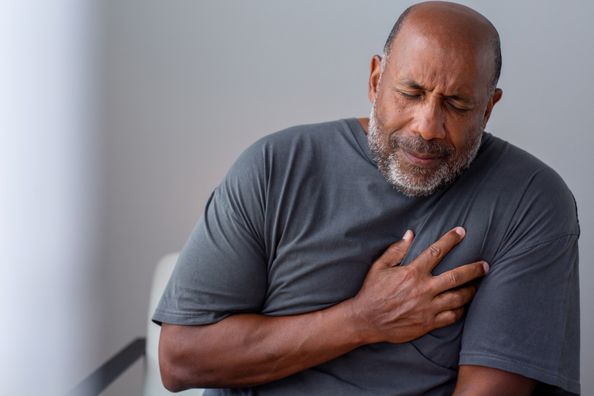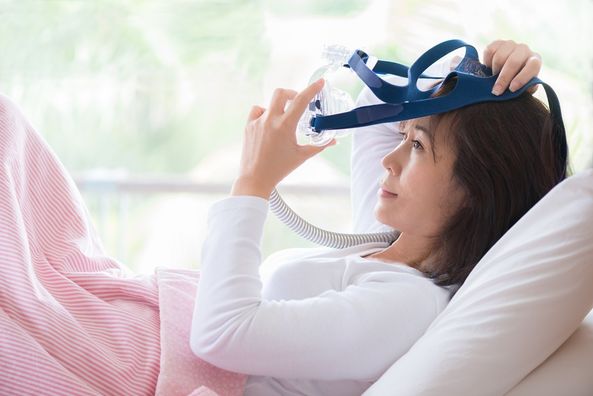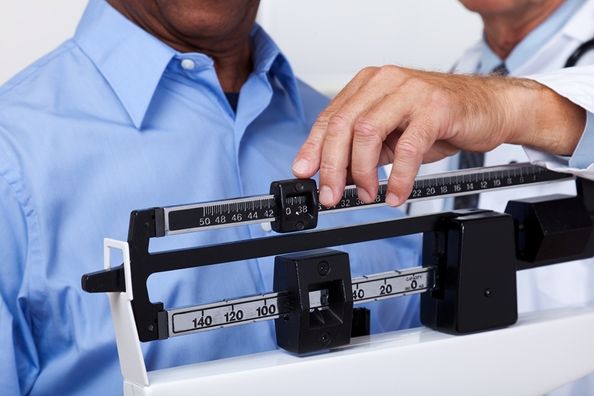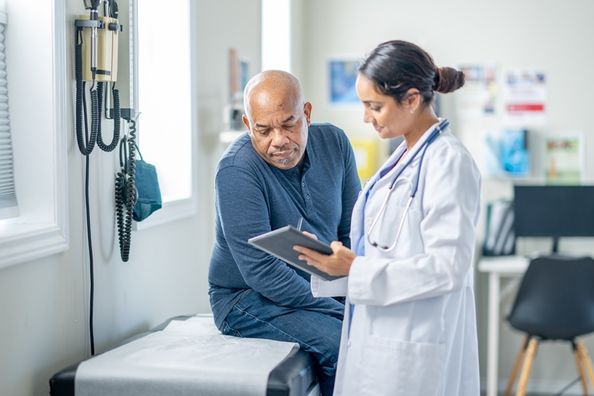If you hear medical terms like heart attack and cardiac arrest thrown around as the same thing on medical television shows, you might think they’re the same.
They’re actually very different. Both conditions are related to your heart, but they have different causes.
Cardiac arrest happens when there’s an issue with the heart’s electrical system that stops it from beating. A heart attack is caused by a blocked artery that prevents your blood from circulating to the heart. With both conditions, however, your body isn’t getting the blood it needs from your heart.
Here’s more on how heart attacks and cardiac arrest differ — and what to do if they happen.
What is Cardiac Arrest?
Your heart stays busy. It’s always beating and pumping blood throughout your body. If your body goes into cardiac arrest, its electrical system malfunctions. This makes it so your heart is unable to beat the way it should, causing your heart to “arrest” — or stop beating. As a result, blood stops traveling to your brain and other organs. Untreated, cardiac arrest can lead to death in minutes.
Immediate treatment can save your life. Treatment usually includes cardiopulmonary resuscitation, short for CPR, and a defibrillator. The goal of the device is to get your heart to beat normally.
Both a heart attack and going into cardiac arrest can be life-threatening when not treated immediately. If you have questions or want to learn if you’re at risk of having either, make an appointment to speak with a Duly Health and Care cardiologist.
What Happens If Someone Goes Into Cardiac Arrest?
If someone goes into cardiac arrest, they may show signs, such as:
- Passing out (collapsing suddenly and losing consciousness)
- Not being able to breathe (or breathing ineffectively)
- Being unresponsive
- Not having a pulse
Call 911 if someone goes into cardiac arrest, then perform CPR until the paramedics arrive.
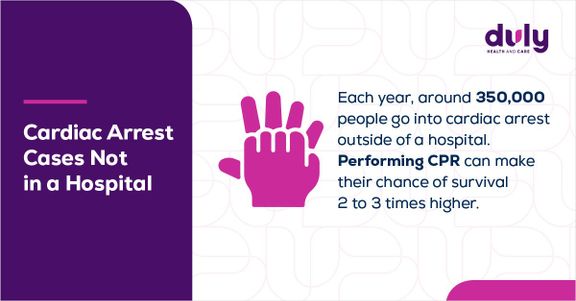
To help the heart’s blood flow, you can begin by calling for immediate assistance and then start chest compressions.
If you’re unsure how to perform CPR in an emergency situation, a 911 operator can provide step-by-step instructions.
Another lifesaving approach is an automated external defibrillator (AED). If one is nearby, this portable device is easy to use and just as effective.
This is how an AED works:
- Follow the step-by-step instructions located on the AED.
- Sticky pads attached to the device go directly onto the person’s chest.
- There are sensors called electrodes that will read the heart’s rhythm.
- The information collected goes to the portable defibrillator’s computer.
- If an electrical shock is needed, the AED will inform you to stand clear of the patient and deliver the shock,
Calling 911 and practicing these lifesaving techniques can help when someone is going into cardiac arrest.
What is a Heart Attack?
When your heart suddenly stops receiving oxygen from your blood, you could be having a heart attack.
A heart attack is different from cardiac arrest. Instead of an electrical problem, it’s a blockage problem. Heart attacks happen when the blood that flows through your artery gets stuck on the way to your heart. The artery’s job is to bring your heart oxygen-rich blood.
When there’s too much plaque buildup — like fat or cholesterol — your arteries can become blocked. If this happens, the blood can’t get to your heart and the heart can take damage over time. The damage to your heart gets worse if you go too long without treatment to unblock the artery.
If you think someone, including yourself, is having heart attack symptoms, don’t wait. Call 911 right away. Immediate treatment increases your survival chances.
Signs of a heart attack include:
- Chest pain (can feel like tightness, pressure, squeezing, or pain)
- Discomfort in one or both arms, neck, back, jaw, or stomach
- Shortness of breath (with or without chest pain)
- Other signs, such as nausea, breaking out in a cold sweat, lightheadedness
How is a Heart Attack Treated?
The cornerstone of treatment for a heart attack involves emergently restoring adequate blood flow to your heart by opening up the blocked artery. Treatment may include:
- A coronary angiogram to visualize the arteries that supply blood to your heart
- Typically within the same procedure, a percutaneous coronary intervention (PCI) can be performed. A balloon angioplasty may be performed to open up the blocked artery and a stent may be placed to help keep the artery open
- Medication to break up the clots may be required
- Coronary artery bypass surgery may be recommended for select individuals
- Your doctor will help decide the best option
If you have a heart attack, your Duly cardiologist will treat you and recommend a lifestyle plan to help you live a healthy life.
Is There a Connection Between Cardiac Arrest and a Heart Attack?
Cardiac arrest and heart attacks aren’t the same, but sometimes they can be connected. For example, if you have a heart attack, you may also have a higher chance of going into cardiac arrest.
With both conditions, you’ll want to act quickly. The faster you call 911, the sooner you’ll receive emergency medical treatment, increasing your chances of survival. This information and lifesaving approach can make a difference in saving your or someone else’s life.
Health Topics:

